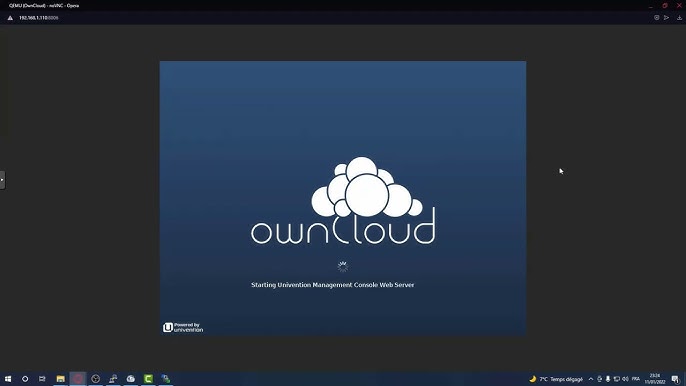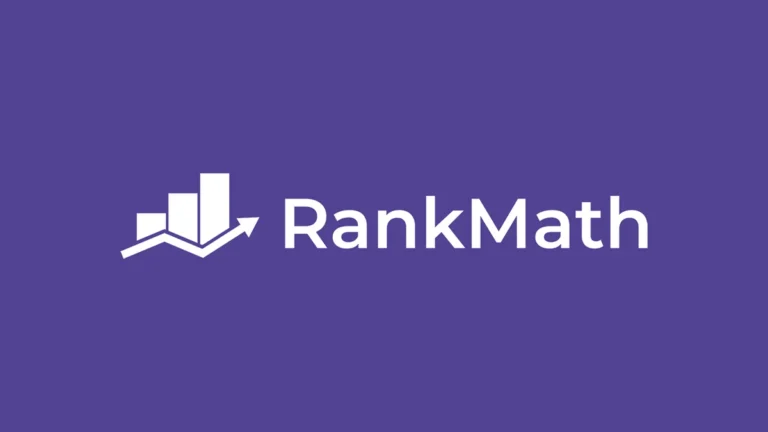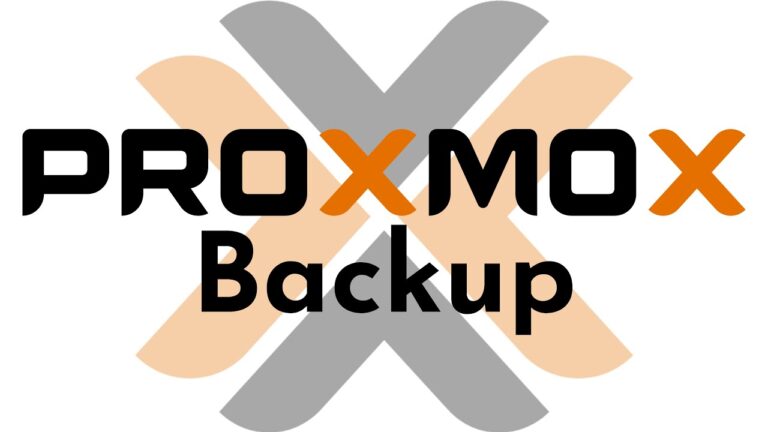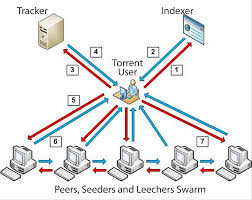The Best OS for HomeLab
Building a HomeLab has become one of the most rewarding hobbies for tech enthusiasts, developers, and privacy-conscious users alike. Whether it’s hosting your own cloud, running media servers, or experimenting with self-hosted apps, your HomeLab gives you the power to control your digital environment.
But one critical question remains:
👉 What is the best operating system (OS) for a HomeLab in 2025?
While there are many options—such as Ubuntu Server, TrueNAS, or Proxmox—one OS has been rapidly gaining attention for its simplicity, flexibility, and design: CasaOS.
In this article, we’ll explore why CasaOS might be the best OS for your HomeLab, who it’s for, how to install it, and how to use it to turn any PC or Raspberry Pi into your personal cloud.
🏠 What Is a HomeLab?
A HomeLab is a personal environment where users build and experiment with servers, virtual machines, or containerized apps. It’s often used for:
- Running personal cloud services (like Nextcloud or Jellyfin)
- Testing and learning about networking and DevOps tools
- Hosting websites or applications privately
- Managing smart home systems
In short, a HomeLab is your own mini data center at home — allowing you to experiment freely and build self-hosted solutions.
⚙️ Choosing the Best OS for HomeLab
Before jumping into CasaOS, it’s important to understand what makes a great HomeLab OS.
Here are the main factors you should consider:
- Ease of Use – Is it beginner-friendly?
- App Ecosystem – Does it support Docker or virtualization?
- Performance – Can it run efficiently on limited hardware?
- Security – Does it give you full control over your data?
- Community Support – Is there active development and help available?
Many traditional options—like Ubuntu Server, TrueNAS, Proxmox, and OpenMediaVault—perform well in specific scenarios, but most of them are either too complex for beginners or require deep technical knowledge.
That’s where CasaOS makes a difference.
🌐 Introducing CasaOS
CasaOS is an open-source personal cloud OS built by IceWhale Technology. It transforms your PC, laptop, or single-board computer (like a Raspberry Pi) into a home cloud server with a clean, intuitive web interface.
Instead of spending hours in the command line, CasaOS lets you:
- Install and manage Docker apps with one click
- Organize your files and media visually
- Access everything remotely via a web browser
Think of it as the simplicity of a smart TV interface, but for your personal cloud.
💡 Why CasaOS Is the Best OS for HomeLab in 2025
CasaOS has gained popularity because it strikes a perfect balance between simplicity and power. Here’s why it stands out from other HomeLab systems:
1. 🧭 Beginner-Friendly Interface
Unlike most server operating systems, CasaOS is built with usability in mind. The dashboard is modern, clean, and easy to navigate, making it perfect for first-time HomeLab users.
You don’t need to memorize terminal commands — everything from file management to app installation can be done through the browser.
2. 🐳 Docker App Integration
CasaOS is powered by Docker, meaning it supports hundreds of apps available through:
- The CasaOS App Store
- Docker Hub, if you want to install manually
You can host apps like:
- Nextcloud (private cloud)
- Jellyfin (media streaming)
- Home Assistant (smart home control)
- PhotoPrism (photo management)
- qBittorrent (download manager)
This flexibility lets you build a fully functional HomeLab with just a few clicks.
3. 💾 Lightweight and Efficient
CasaOS runs efficiently even on low-powered devices. You can install it on:
- Raspberry Pi 4 or higher
- Old laptops or mini PCs
- Home servers and NAS devices
It doesn’t consume heavy system resources, which is ideal for users who want to repurpose old hardware into something powerful and useful.
4. 🔒 Privacy and Data Control
Because CasaOS is self-hosted, your data never leaves your device. You control everything — from storage to app permissions — without any third-party interference.
This makes it an excellent option for users who care about digital privacy and avoiding cloud provider lock-ins.
5. 🔧 Open-Source and Community Driven
CasaOS has a rapidly growing open-source community that constantly develops new features, apps, and plugins. You’re not tied to a closed ecosystem — you’re part of a global community improving the platform together.
🧩 CasaOS vs Other HomeLab Operating Systems
Here’s how CasaOS compares with other popular HomeLab systems:
| Feature | CasaOS | TrueNAS | Proxmox | OpenMediaVault |
|———-|———|———-|—————-|
| User Interface | ✅ Very User-Friendly | ❌ Complex | ⚠️ Moderate | ⚠️ Basic |
| Docker App Store | ✅ Built-In | ⚠️ Partial | ✅ Yes | ✅ Yes |
| Ideal for Beginners | ✅ Yes | ❌ No | ⚠️ Intermediate | ⚠️ Yes |
| Works on Raspberry Pi | ✅ Yes | ❌ No | ⚠️ Limited | ✅ Yes |
| Installation Simplicity | ✅ One Command | ❌ Complicated | ⚠️ Advanced | ⚠️ Moderate |
| Community and Updates | ✅ Active | ✅ Active | ✅ Active | ✅ Active |
As shown above, CasaOS dominates in simplicity, flexibility, and accessibility, making it a perfect entry point for newcomers to the HomeLab world.
🪜 How to Install CasaOS on Your HomeLab
One of the biggest advantages of CasaOS is how easy it is to install. The process only takes a few minutes.
✅ Requirements
- A device (PC, Raspberry Pi, or mini server)
- At least 2GB RAM and 16GB storage
- Linux-based OS (Ubuntu or Debian preferred)
- Internet connection
⚙️ Step 1: Update Your System
sudo apt update && sudo apt upgrade -y
⚙️ Step 2: Install CasaOS
curl -fsSL https://get.casaos.io | sudo bash
This command automatically installs CasaOS and all necessary dependencies.
⚙️ Step 3: Access CasaOS Dashboard
After installation, open your browser and go to:
http://your-device-ip:80
You’ll see the CasaOS dashboard — clean, modern, and ready for setup.
🧭 How to Use CasaOS in Your HomeLab
Once installed, CasaOS becomes your central control hub for managing all HomeLab services.
📦 Install and Manage Apps
Go to the App Store inside the dashboard and browse available applications. You can install:
- Jellyfin for media streaming
- Nextcloud for file storage
- Home Assistant for smart home control
- PhotoPrism for photo libraries
All apps are containerized (Docker), which makes them safe, isolated, and easy to manage.
📂 Manage Files and Storage
The built-in File Manager lets you:
- Upload and organize files
- Create folders and manage storage
- Access files from multiple devices
- Mount network drives or external disks
🔐 Secure Your HomeLab
CasaOS allows you to add users, set passwords, and restrict access. For extra protection:
- Enable HTTPS
- Set up a VPN for remote access
- Use external backup drives for data redundancy
🚀 Why CasaOS Is Perfect for Beginners and Experts
CasaOS works well for everyone, regardless of skill level.
- 🧑🎓 Beginners can start hosting apps in minutes without coding.
- 🧑💻 Advanced users can customize containers, networks, and mounts for more complex setups.
- 🏡 Families can use it as a private multimedia hub.
- 📁 Developers can test Docker applications in a clean environment.
In short, CasaOS adapts to your goals — from simple cloud storage to a full-fledged smart home server.
💬 Final Thoughts: The Best OS for HomeLab in 2025
If you’re searching for the best operating system for your HomeLab, CasaOS is a top contender.
It’s lightweight, visually beautiful, and easy to use — yet powerful enough to handle everything from media streaming to automation and backups.
Whether you’re a beginner setting up your first home server or a tech pro building a personal cloud empire, CasaOS gives you control, freedom, and privacy in one sleek package.
🌟 CasaOS isn’t just another HomeLab OS — it’s the future of self-hosting.





